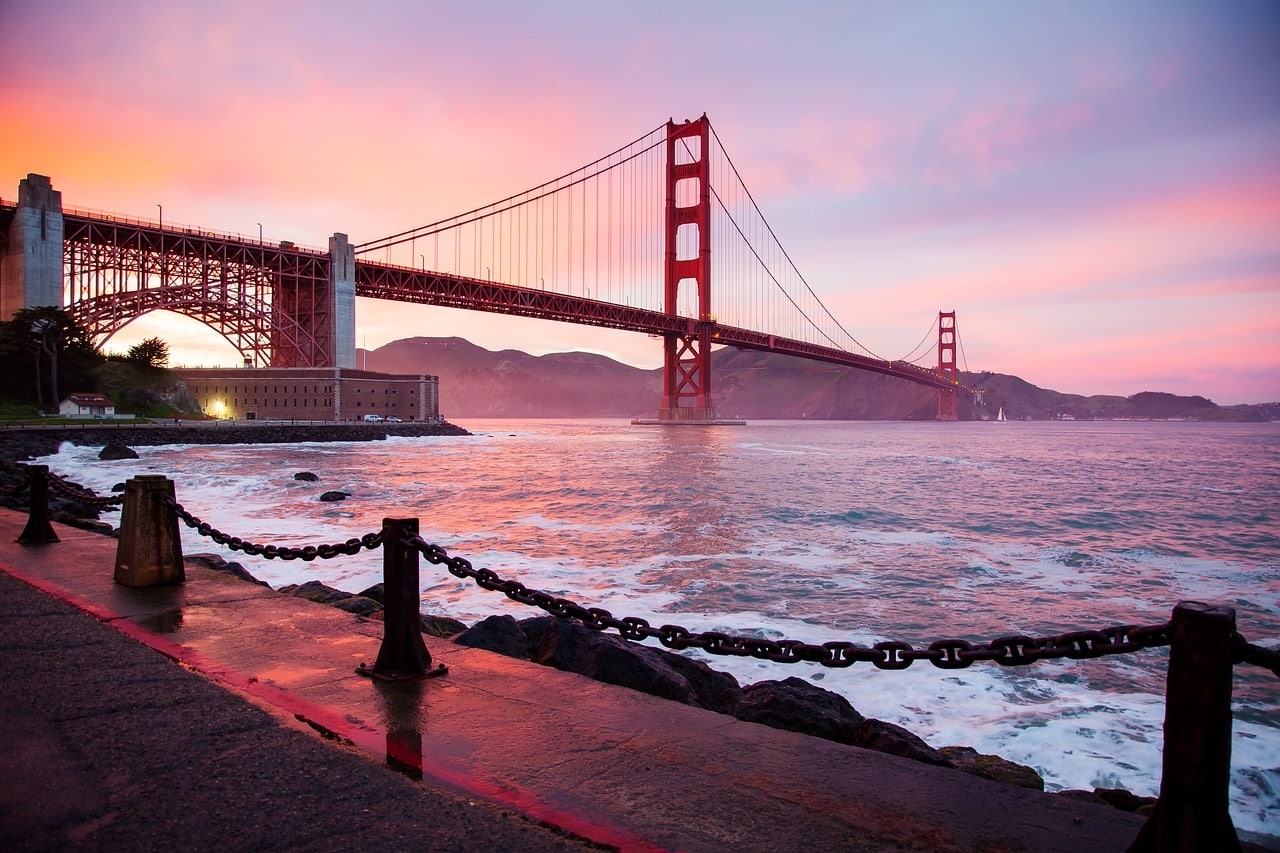
The history of Silicon Valley
Today, Silicon Valley is synonymous with innovation, cutting-edge technology, and billion-dollar startups. But behind this global powerhouse lies a fascinating story of vision, ingenuity, and, surprisingly, a simple agricultural valley. How did a region in California, once known for its orchards, become the world’s epicenter of technology? Let’s explore the key milestones in Silicon Valley’s transformation.
The early days: from orchards to military research
Before microchips and tech giants took over, Silicon Valley was an agricultural region known as the “Santa Clara Valley,” famous for producing apricots and plums. This landscape began to change in the 1930s and 1940s, when proximity to San Francisco and Stanford University started attracting entrepreneurs and scientists.
One of the early pioneers was Frederick Terman, a professor of engineering at Stanford, often referred to as the “Father of Silicon Valley.” Terman encouraged his students to start their own companies and collaborate with the U.S. Department of Defense. It was during World War II that the region saw its first significant investments in military research, particularly in radar technologies and communication systems.
William Shockley and the birth of the semiconductor industry
The real turning point came in the 1950s when William Shockley, a Nobel Prize-winning physicist, moved to the area to found his company, Shockley Semiconductor Laboratory. Shockley, famous for co-inventing the transistor, was determined to develop a new generation of silicon-based semiconductors. Although his company didn’t achieve great success, it attracted a group of brilliant engineers, known as the “Traitorous Eight,” who left Shockley to form Fairchild Semiconductor.
Fairchild was the true spark that ignited Silicon Valley. Not only did it develop the first mass-production technology for microchips, but it also became the breeding ground for future icons like Intel, AMD, and Nvidia. A culture of risk-taking, innovation, and collaboration took root, and the venture capital model was born, with investors eager to bet on groundbreaking ideas.
The 1970s and 1980s: the rise of the personal computer
In the 1970s, a young engineer named Steve Jobs and his friend Steve Wozniak began tinkering in Jobs’ garage in Cupertino, just a few miles from the Fairchild and Intel campuses. From there, Apple was born, whose vision of bringing computers into homes would forever change the tech industry.
While Apple was growing, another giant was emerging in the valley: Microsoft, founded by Bill Gates and Paul Allen. Although headquartered in Seattle, Microsoft’s software powered many personal computers manufactured in Silicon Valley. This period saw a technology gold rush, with companies like IBM, HP, Oracle, and Sun Microsystems contributing to solidifying the region’s reputation as the world’s tech hub.
The birth of the internet and startup culture
The 1990s marked the beginning of an entirely new era: the Internet revolution. With the rise of companies like Netscape, Silicon Valley became the center of web development. It was during this time that the region became populated by startups dreaming of changing the world. The “garage startup” model, made famous by Apple, became the symbol of Silicon Valley’s entrepreneurial culture.
In 1998, Larry Page and Sergey Brin, two Stanford students, founded Google. No one could have predicted that a search engine would become one of the most powerful companies in the world. Meanwhile, young entrepreneurs like Jeff Bezos (Amazon) and Elon Musk (Tesla, SpaceX) began redefining innovation itself.
Silicon Valley today: the epicenter of global technology
Today, Silicon Valley is much more than a tech district: it is an ecosystem that attracts top talent from all over the world, a culture that rewards experimentation and disruption of traditional industries. Major companies like Facebook, Netflix, Uber, and Airbnb have transformed entire markets, reshaping our daily lives and redefining connectivity, mobility, and entertainment.
Despite growing competition from other global tech hubs, such as Shenzhen in China and Bangalore in India, Silicon Valley continues to be the benchmark for advanced technology and innovative startups. The mix of talent, capital, and entrepreneurial culture remains unmatched, and new frontiers like artificial intelligence and quantum computing are already taking shape.
The future of Silicon Valley
From an agricultural landscape to a global tech mecca, the history of Silicon Valley is a testament to how vision, education, and collaboration can transform a region and, in turn, the world. Despite future challenges, the valley remains at the forefront of the next technological revolution, ready to rewrite the rules of innovation once again.
The only question that remains is: What will be the next great invention to come out of Silicon Valley’s garages?








